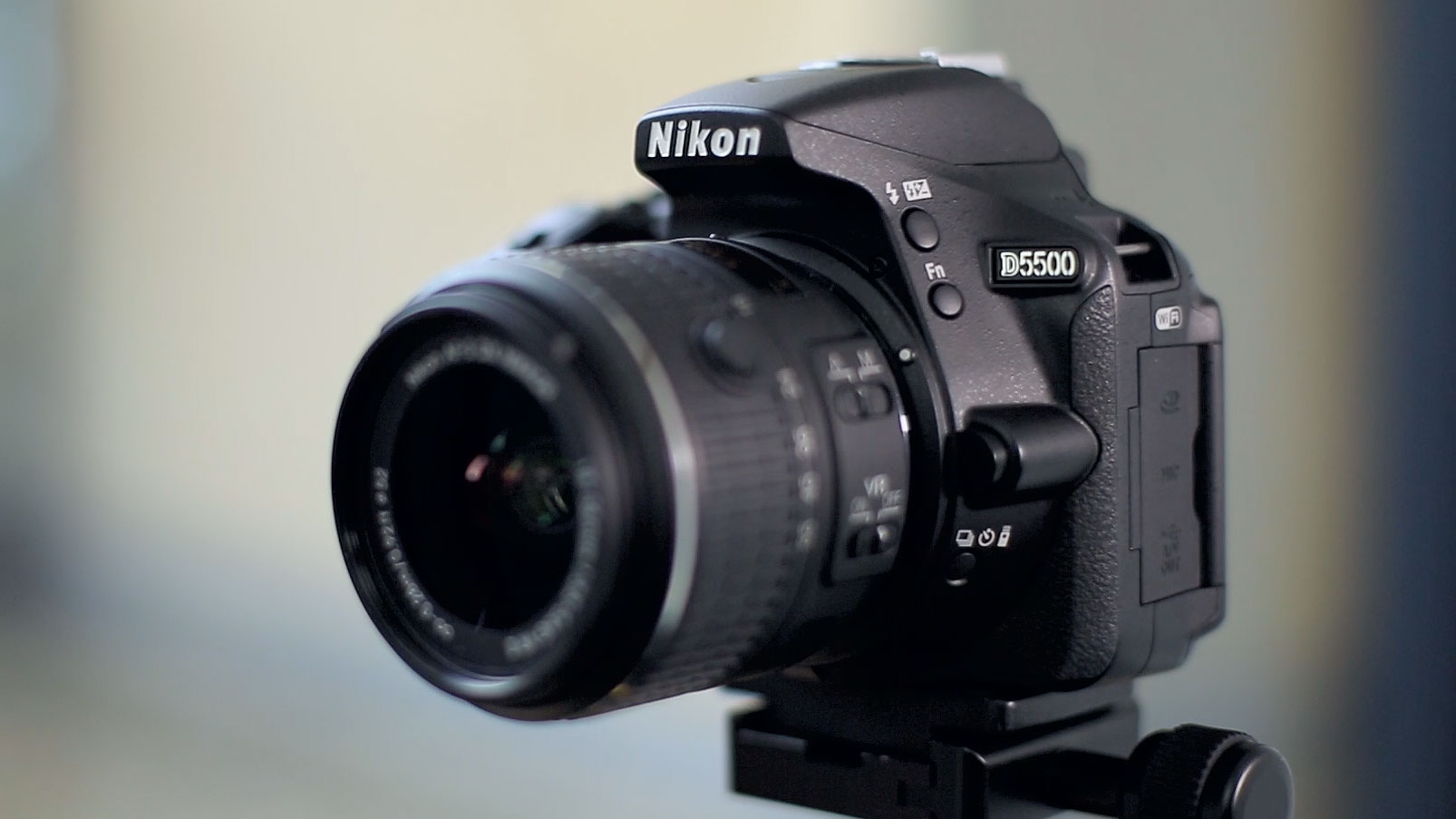Why you can trust TechRadar
With an identical sensor and processor to its predecessor, we weren't in any real doubt that image quality from the D5500 would be good. As before images are very pleasing, with lovely bright, but accurate, colours in the majority of situations.
Outright resolution
The lack of an anti-aliasing filter over the 24.2 million-pixel sensor makes for some great detail in shots. I used a macro lens for part of this test, which I think really shows just how capable the camera is of picking up detail – see the shot of baby sweetcorn in high resolution for an example.
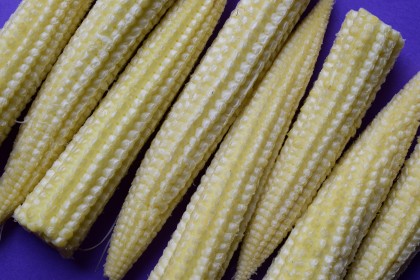
Click here for a full resolution version.
If you wish to change the colour settings you can use Picture Controls, such as Vivid to boost colour. There are also other options, such as Landscape and Portrait. The new "Flat" mode is great if you want to take control in video recording, but it can be good if you want to adjust a JPEG in post processing on a computer.
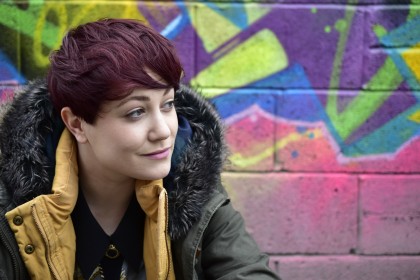
Click here for a full resolution version.
ISO and noise
The overall impression of detail in JPEG images, balanced with the appearance of noise is pretty good when looking at images taken at higher sensitivities at normal printing and web sizes. It's only from around ISO 3200 where you can see image noise present at these kind of sizes, and even those taken at ISO 6400 are usable at small sizes. If you examine a JPEG image taken at ISO 800 at 100%, it's possible to see some image smoothing, but noise is kept to a minimum.
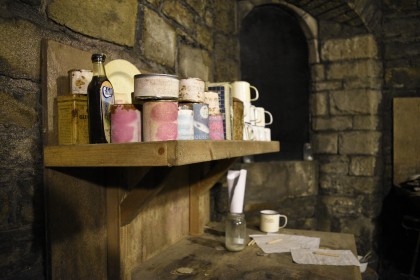
Click here for a full resolution version.
Travel up to higher sensitivities, such as ISO 3200, and at 100% it's possible to see some chroma noise speckling, but it doesn't have too much overall impact on the picture when viewed at a normal size. Of course it's better to have a shake-free picture with some noise than a blurry shot taken at a low ISO.
You can cap the camera's ISO Auto range if you don't want to use those very high sensitivities, and also useful is the ability to set a minimum shutter speed. This helps to ensure you're not using a slower shutter speed than is safe to use handheld, and therefore prevents image blur.
Focus performance
As we have found before, Nikon's 39-point phase detection AF system is fast and accurate. Even when using the supplied kit lens, the D5500 is able to lock onto a subject with ease, especially in good light. If the light drops, there is a little more indecision as the lens will sometimes hunt to acquire focus – however, it's only in very dark conditions where the camera struggles to find focus at all. If you can, changing to a higher quality lens with a wider aperture lens is beneficial in these circumstances.

Click here for a full resolution version.
With the introduction of a touchscreen, along with the ease with which you can activate Live View, it would be easy to assume that shooting in this fashion is desirable. Although it is very useful for some shooting conditions, for example still-life macro subjects where an enlarged view can be beneficial for checking critical focus, for other kinds of subjects it's less than desirable. In lower light, or if the subject is moving, the speed of autofocusing is not quick enough to make it particularly workable. In these cases, it's generally better to stick with the viewfinder.
Exposure and white balance
On the whole, the D5500's metering system does a pretty good job of helping to produce accurate exposures, but dialling in a touch of exposure compensation can be useful in some situations (such as high contrast scenes) to get a more pleasing exposure. Similarly, the automatic white balance does a good job, although it can sometimes err ever so slightly towards unnatural yellowish tones under artificial light. In which case, it's beneficial to set to a more appropriate White Balance setting, such as Tungsten.
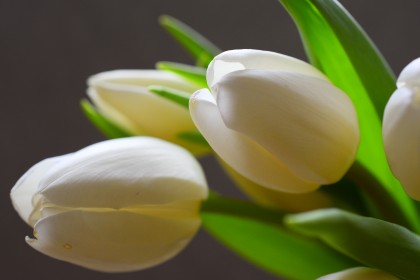
Click here for a full resolution version.
There's a host of digital filters available under Creative Mode. It's worth giving these a look to see if you enjoy using any of them. It's a shame that there's not a greater variety available, but Toy Camera is quite fun if you like that thing. It's a shame you can't shoot them when shooting raw and JPEG format images simultaneously though, leaving you with a clean version of an image if you decide down the line that Photo Illustration isn't quite the look you want.
Amy has been writing about cameras, photography and associated tech since 2009. Amy was once part of the photography testing team for Future Publishing working across TechRadar, Digital Camera, PhotoPlus, N Photo and Photography Week. For her photography, she has won awards and has been exhibited. She often partakes in unusual projects - including one intense year where she used a different camera every single day. Amy is currently the Features Editor at Amateur Photographer magazine, and in her increasingly little spare time works across a number of high-profile publications including Wired, Stuff, Digital Camera World, Expert Reviews, and just a little off-tangent, PetsRadar.
